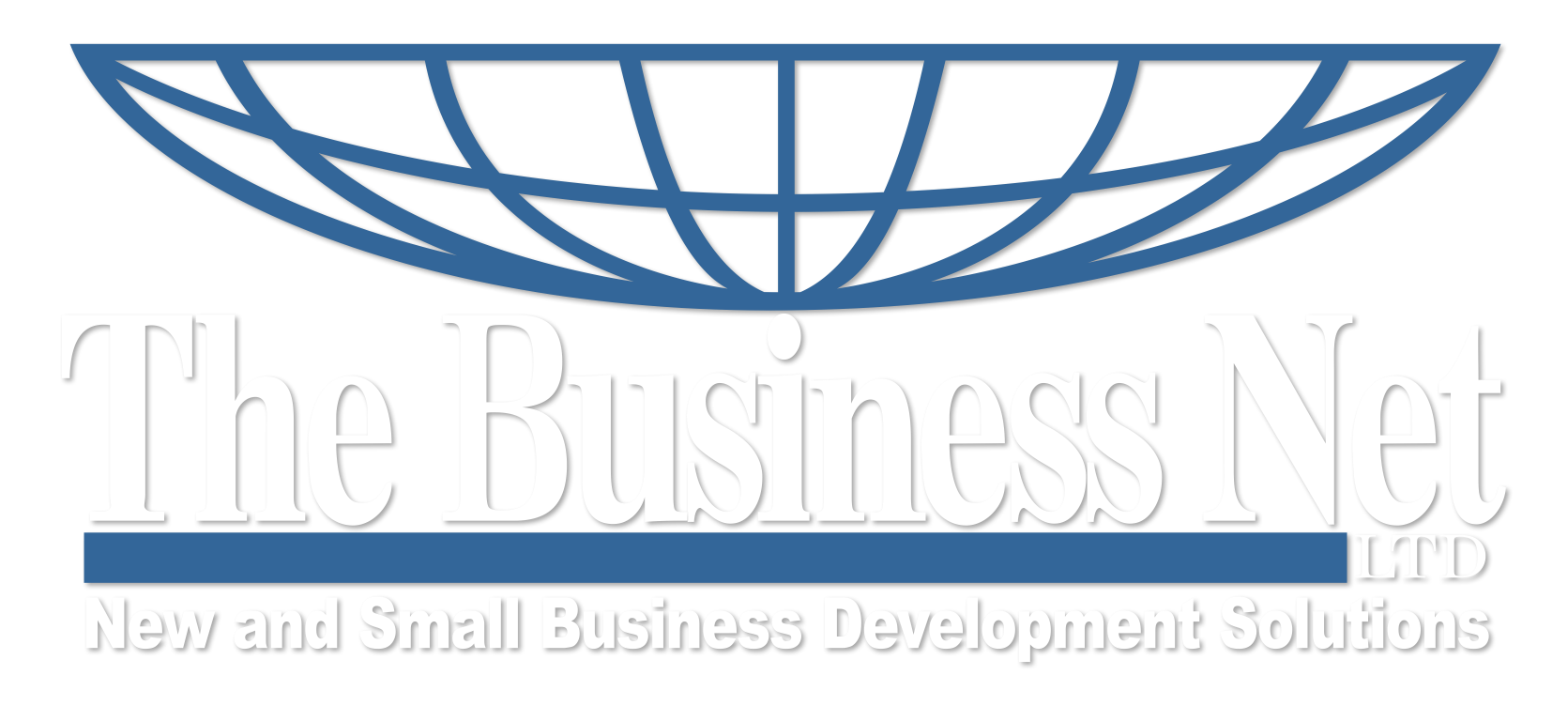Doing Business in the 21st Century Electronic World
Benefits and Dangers to Businesses and Taxpayers
Upgrade Your Business Document Processing Procedures
To Have Real Time:
- Business Accounting
- Total Accuracy
- Document Processing
- Virtual Filing
How We Are Impacted by "Big Data" and the Capabilities of Computer Access to That Information
“Big Data” is actually the total accumulation of information on the world wide web. This information is from all kinds of interactions between businesses, governmental entities, and individuals; including documents filed with governmental agencies (i.e. the IRS, the Securities and Exchange agency, etc.), information exchanged between businesses in the same industry (i.e. insurance companies, marketing companies, etc.) and even personal and business e-mails.
 The issue today is the ability of computers to access and make use of the information in Big Data. Initially some of this information was just shared between companies such as insurance companies and marketing services. However, today the process has been upgrades as to the ability of computer programs to accumulate data on specific topics for specific uses and the entities that are accumulating and using this information.
The issue today is the ability of computers to access and make use of the information in Big Data. Initially some of this information was just shared between companies such as insurance companies and marketing services. However, today the process has been upgrades as to the ability of computer programs to accumulate data on specific topics for specific uses and the entities that are accumulating and using this information.
There are few secrets these days as you can see if you just Google your own name or your business name. Insurance companies have been sharing personal information for many years to keep insureds from changing companies after filing claims, etc. Marketing services have also been mining this data to create personal profiles to be used by companies to target sales ads.
In spite of the possibilities of having access to your personal information, there are some very positive benefits to your business and you personally in having access to certain kinds of information, such as, business telephone numbers and e-mail addresses, information on businesses that you are considering doing business with, etc.
One very real danger is the ability of the Internal Revenue Service to verify information included in your income tax returns or omitted from your income tax returns. The IRS has for several years been creating various forms to track transactions between businesses and between businesses and persons. These forms have numbers such as 1099’s of which there are now many varieties, 1095’s used to track health insurance coverage, 1096’s to transfer payroll and contractor payments from businesses, forms 1098’s for tracking mortgage information, and more.
So, here is how the IRS is using the information being provided under compulsion from businesses. In the past, 5 years ago or so, all income tax returns were given a “score” or a measure of the levels of certain incomes, expenses, deductions, etc. by which returns were “kicked out” for possible audit verifications. Someone at IRS decided if that a return should be reviewed. A letter was then issued to the filler asking them to make an appointment with an auditor to review certain parts of that return. It does not work that way today.
 Now, in addition to the return “score” their computer system is programmed to cross check the numbers on the return against all of the information on all related forms 1099 and other information returns filed with the IRS. If all numbers do not match or are missing the COMPUTER re-calculates the tax for the return to include any detected differences and creates a letter and a bill for additional tax, penalties and interest that is mailed to the return filer.
Now, in addition to the return “score” their computer system is programmed to cross check the numbers on the return against all of the information on all related forms 1099 and other information returns filed with the IRS. If all numbers do not match or are missing the COMPUTER re-calculates the tax for the return to include any detected differences and creates a letter and a bill for additional tax, penalties and interest that is mailed to the return filer.
No live person see that letter until the filer opens it and gets the new. This process is very fast, some letters are issues within a week of the filing of the return. With these letters you are considered guilty until you can “prove” that they are wrong. The burden is on the taxpayer to show that the computer is wrong.
It becomes more of an issue when the IRS can verify other information related to business incomes and expenses that are not directly found on various forms filed with the IRS or that are not directly related to numbers on the return. One of these processes is related to a 1099 form that does not match directly to a number on the return. The form is the 1099-k issued from your credit card processing company. The IRS does one of two matches, the first is: did you report income of at least the amount of the credit cards processed. If not, how come? The second way they use this information is to match the total card processing percentage of total income. The percentage is used to estimate how much your income should have been as compared to all similar businesses across the country. If you show too small an income based on the percentage, then they want to know if you included all of your income on the return, or can you explain why your income does not fall within the expected range.
What Does All This Mean?
The financial tracking requirements for business in the modern age are more detailed and can use information from outside sources to give management more information faster with which to make decisions. Many business operators in the past were able to manage the business “from their hip pocket.” This method puts the owner/operator at a distinct disadvantage if their competitors are using the available resources.
Better, more complete, and more up to date information puts the manager on the cutting edge of competition for customers. In addition to having real time financial tracking the manager has readily available resource information in order to make changes in products or services to respond to market changes. And, market changes are better tracked using “Big Data” resources.
Real time information on the business’ financials and marketing information positions the business to provide accurate information in the case of required outside funding needs. Loan packages can be presented to the bank or lender electronically and in full. No need to run around and assemble additional information while in loan processing when additional information is requested.
Risk management become much easier to manage when risks are better described from available data. This information is especially important at times when the legal structure of the business may require change. It tells if it may be time to move the business from a sole proprietorship or partnership form to the corporate world.
Tax planning requires detailed financial and entity relationships information to develop a workable strategy. In this process, it is not just the main business information but must consider the owner’s financial and tax issues as well. And, the process will require knowledge of the business relations with other business and investment entities.
At least from the tax point of view this means that it is even more important than ever that you maintain complete and accurate tracking of your business’ financial activities. Estimated amounts for income and/or expenses will not fly on today’s income tax returns. Major financial transactions need to be well documented and verifiable.
It also means that if you are required to file documents with the Internal Revenue Service regarding payments to other entities from your company that you should be sure to file those documents timely and accurately.
Your Business Can Operate Virtually Paperless and Office-less in the Electronic Age Using the Internet and Advancing Technology
- Internet information access:
- Search engines – access to vast amounts of information available on the web.
- Information access on most organizations and individuals - Online access to detailed information on all customers, vendors, service companies, government agencies.
- Vendor product pricing available - Real time materials and services cost when preparing job/project bids.
- Increased understanding of terms, words, concepts, and processes.
- Communication available 24/7 - Cell phones and Note Pads:
- Internet access via WiFi
- Everywhere access by phone.
- Internet access when away from your computer.
- Electronic Shopping - Company Web Site:
- Company information and changes real time - Up to date company image and advertising on company web page.
- Access to new customers via requests for information when they access your web site for proprietary information.
- Faster responses to marketing actions via web site and e-mail.
- 4. Company financial information available real time:
- Real time financial tracking – up to date financial statements and bank balances with on-line accounting software and electronic transfer of financial transactions via scan, e-mail, photo transfer, etc to document processing and data entry.
- Save time in transmitting financial data to banks, vendors, etc. Transfer of company financial and tax information via e-mail – no need to deliver paper documents.
- 5. Electronic on-line document filing and storage – A paperless office:
- Transmit documents to processing electronically at time of creation.
- Instant access to all business documents from anywhere at any time
- No searching for documents in paper files, less lost documents.
- Add new information to your internal information base instantly and have that information searchable.
- On-line document storage systems - Elimination of paper filing systems – no need to kill more trees.
- Real time document processing and reduction in cost or this processing - Business paperwork processing no longer requires the processor to be at a specific physical location, – 24/7 access to all business information is now possible.
- Access to on-line document storage and retrieval - Ability to update business proposals and deliver corrections instantly, 24/7.
- 6. Network and Web-based project software:
- Ability to work from anywhere with anyone on collaborative projects using web based project software.
- Access to all information on all contacts and add notes and new information real time.
- Provide for new information on active projects automatically.
- Electronic document tracking software - Available real time tracking of document processing and project activities.
- On-line electronic calendars - Scheduling of meeting from any location.
- Hold meetings real time with team members in all locations.
- 7. Work handling systems and other software:
- Contact software - Mass communication to customers instantly via email.
- All customer/vendor contracts saved, filed and searchable.
- Computer split-screens and multiple monitors - Ability to view several documents at the same time.
- E-mail - Faster document communication via email.
- Business vehicle mileages can now be tracked with inexpensive software aps on your cell phone or tablet
- 8. Electronic banking:
- Faster banking processing via online account access and ATM’s.
- Electronic bill paying – no checks – no postage.
- Payments for invoices electronically via ACH, electronic bank transfers, Pay-Pal services, others.
This listing is by no means all that is available.

